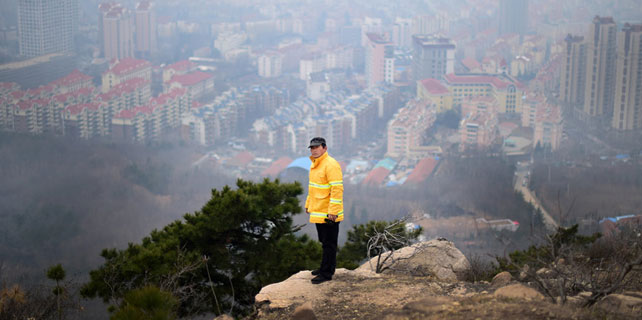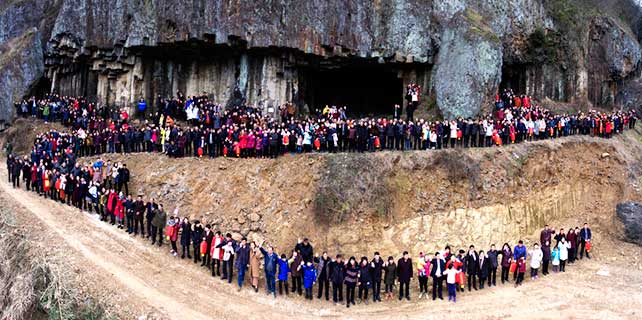Okinawa protests as Japan gov't begins land reclamation work for US base
Onaga, sources close to the matter said Monday, may now look to block the reclamation work by refusing to issue a permit necessary for coral reefs to be moved in the area in which land is being reclaimed from.
The Okinawa governor has floated numerous other ways he can block the central government's plans and protect the lives of Okinawans, including not approving any changes in the construction design of the new base, which involves a V-shaped runway being build on the reclaimed land.
The fact that the waters to reclaim for construction are home to the endangered dugong, a large marine mammal and cousin of the manatee, has also been mentioned as additional armament for Okinawan officials to use against the central government to block or impede the base-building plans.
The government's top spokesperson, Chief Cabinet Secretary Yoshihide Suga, however, said the government will do its best to protect local environment and livelihoods of the people living near the reconstruction site.
"Based on relevant law, the government will pay as much consideration as possible to the natural environment and the livelihoods of local people as we move forward with work to relocate the base to Henoko," Suga was quoted as saying on Monday.
Onaga has remained adamant throughout his campaign since he became governor in 2014, that the controversial Futenma base, described as one of the most dangerous in the world due to its proximity to residential buildings and infrastructure, should be relocated outside Okinawa altogether as the prefecture and its people are already burdened with hosting the majority of the US bases in Japan.
The accompanying instances of noise, pollution and crimes related to US base-linked personnel are also a heavy burden to the islanders, Onaga has maintained.
















